Double Collecting System Kidney
Double collecting system kidney. A bilateral duplex collecting system is an unusual renal tract abnormality. Can A Duplex Kidney Cause Problems. A duplicated kidney also referred to as an ureteral duplication or duplicated collecting system means that a kidney has two ureters draining the kidney rather than the normal one.
Duplex system - The kidney has 2 pyelocaliceal systems and is associated with a single ureter or with a bifid ureter a partial duplication or in the case of a complete duplication with 2 ureters double ureters that drain separately into the urinary bladder. The objective of our study was to examine the risk for chromosomal aberrations in this isolated prenatal sonographic finding. Duplex kidney also called duplicated collecting system occurs in about 1 percent of children and usually requires no medical treatment.
The pyelocaliceal system is comprised of the renal pelvis and calices. In these cases the double collecting system is thought to result from duplication of the ureteric bud. It is a common renal anomaly occurring with an incidence of 1 in 125 in the general population.
Q638 is a billablespecific ICD-10-CM code that can be used to indicate a diagnosis for reimbursement purposes. If the duplication is complete the upper and lower pole ureters drain separately. Duplex kidneys can be uni-.
Children with this condition often also have a ureterocele an enlargement of the portion of the ureter closest to the bladder due to the ureter. In children with a duplex collecting system also known as ureteral duplication a kidney has two ureters tubes that carry urine from the kidney to the bladder rather than one. In rare instances duplex kidneys can appear in adults leading to diagnostic challenges.
Direct opacification of the previously unsuspected upper pole ureter in each case showed it to be bind-ending and terminating at. The imaging modality of choice is CT. The cranial or superior ureteral bud is associated with the lower renal pole and the caudal or inferior ureteral bud with the upper renal pole figure 1 and picture 1.
A bifid ureter is present when there is a duplex kidney separate pelvicalyceal collecting systems draining into separate ureters but the ureters unite before draining into the bladder at a single ureteric orifice 1. The 2022 edition of ICD-10-CM Q638 became effective on October 1 2021.
Duplex kidney is a developmental condition in which one or both kidneys have two ureter tubes to drain urine rather than a single tube.
Rarely one of the branches of a bifid ureter will be blind-ending and will not unite 2. See Overview of congenital anomalies of the kidney and urinary tract CAKUT section on Anomalies of the collecting system. However these may give a similar appearance to a simple renal cyst. A duplicated kidney also referred to as an ureteral duplication or duplicated collecting system means that a kidney has two ureters draining the kidney rather than the normal one. We describe a rare case of bilateral duplex collecting system with bilateral vesicoureteral reflux in which the refluxing ureter on the left side drains the upper pole moiety contrary to what is often found. A limited duplex kidney where only the collecting system is double is usually an incidental finding and rarely causes any problems other than a small swelling. Duplex kidney is a developmental condition in which one or both kidneys have two ureter tubes to drain urine rather than a single tube. The imaging modality of choice is CT. In children with a duplex collecting system also known as ureteral duplication a kidney has two ureters tubes that carry urine from the kidney to the bladder rather than one.
Q638 is a billablespecific ICD-10-CM code that can be used to indicate a diagnosis for reimbursement purposes. Duplex system - The kidney has 2 pyelocaliceal systems and is associated with a single ureter or with a bifid ureter a partial duplication or in the case of a complete duplication with 2 ureters double ureters that drain separately into the urinary bladder. Children with this condition often also have a ureterocele an enlargement of the portion of the ureter closest to the bladder due to the ureter. This is the American ICD-10-CM version of Q638 - other international versions of ICD-10 Q638 may differ. Duplex kidney also known as duplicated ureters or duplicated collecting system is the most common birth defect related to the urinary tract. However these may give a similar appearance to a simple renal cyst. Q638 is a billablespecific ICD-10-CM code that can be used to indicate a diagnosis for reimbursement purposes.
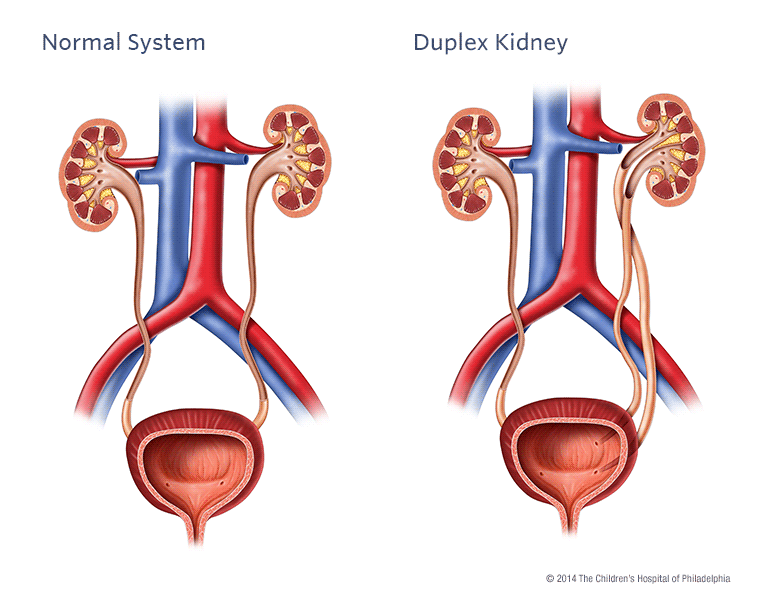




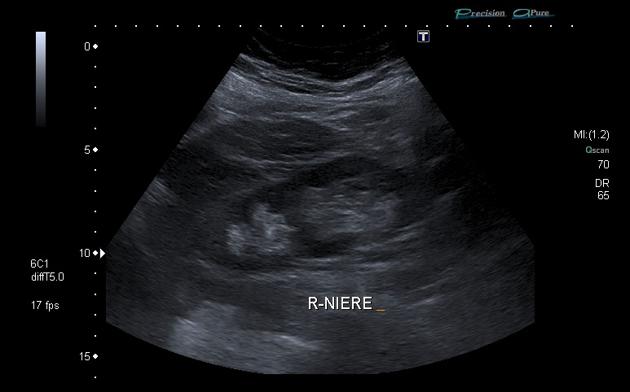
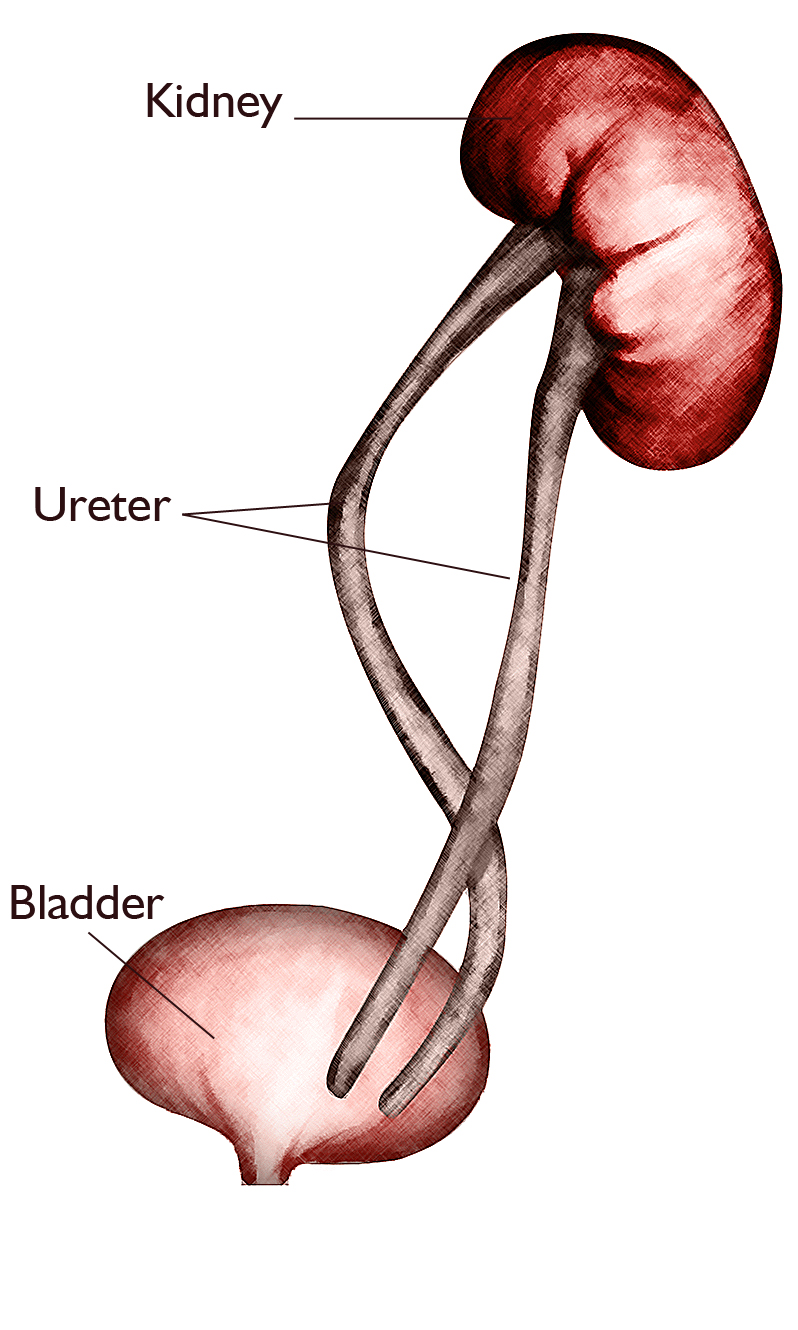

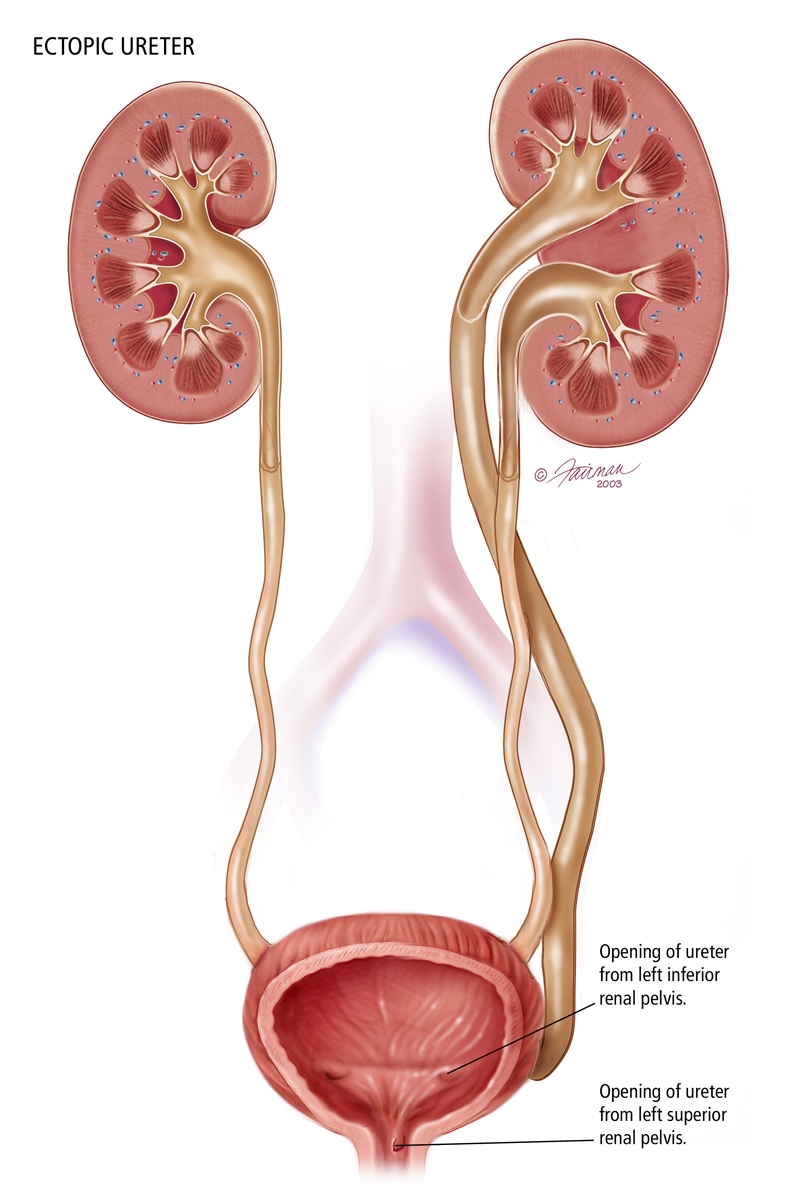


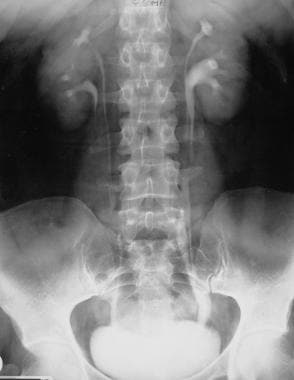


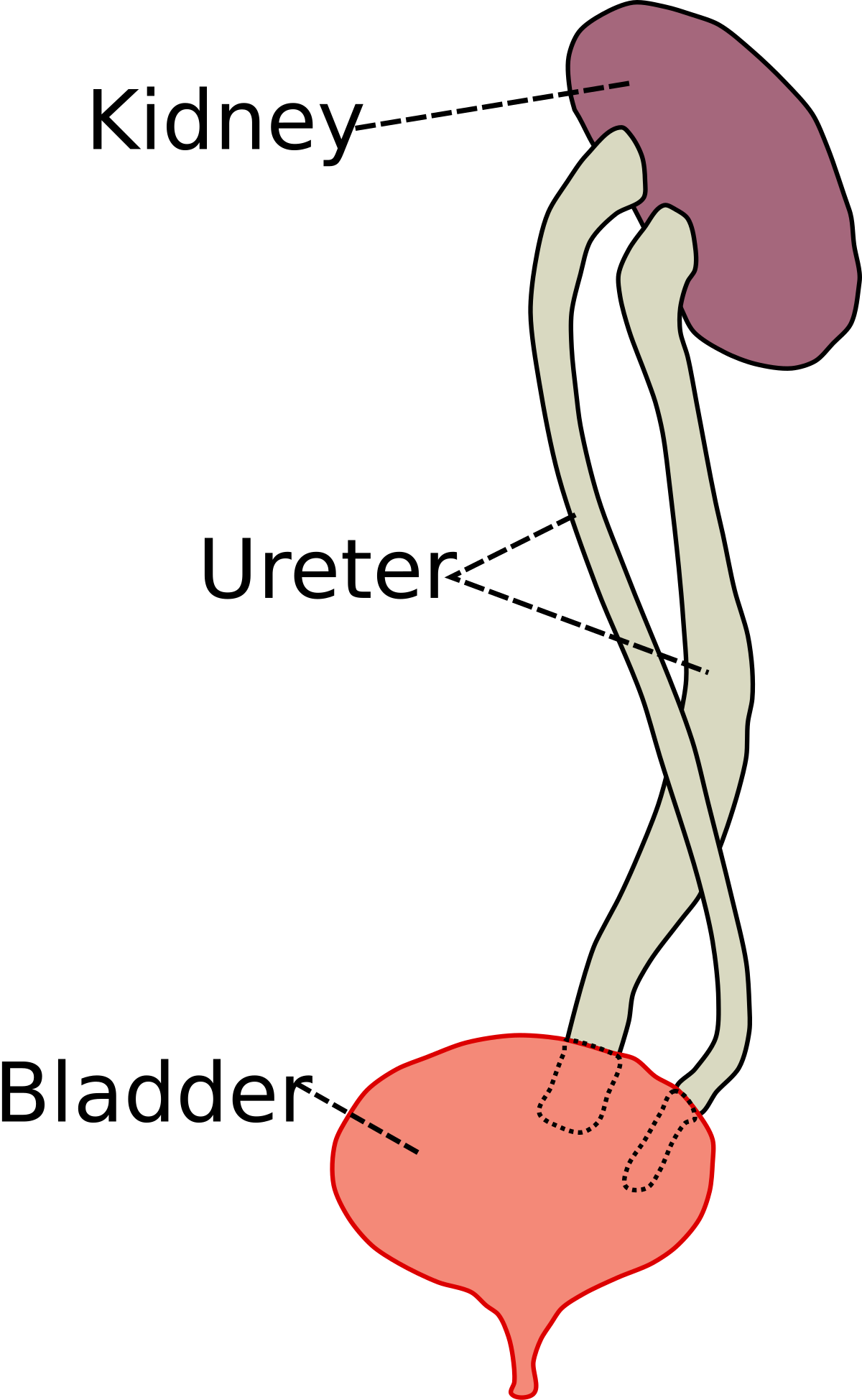
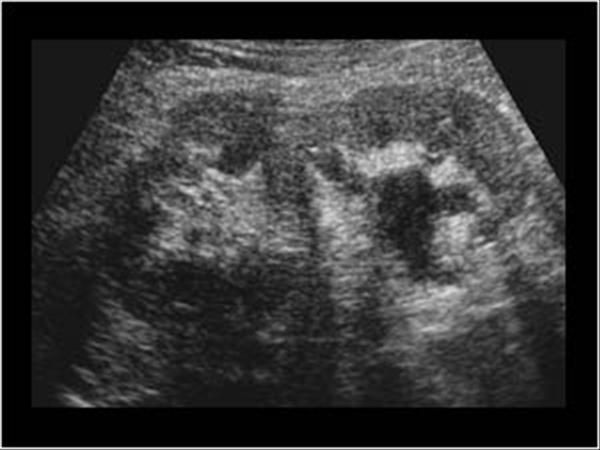


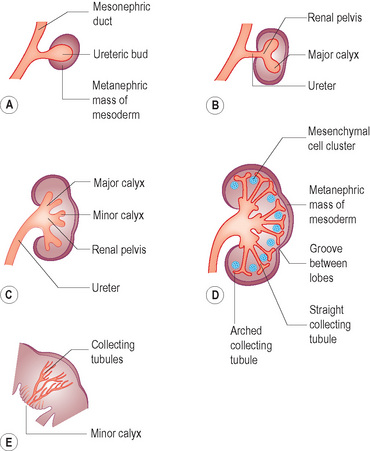
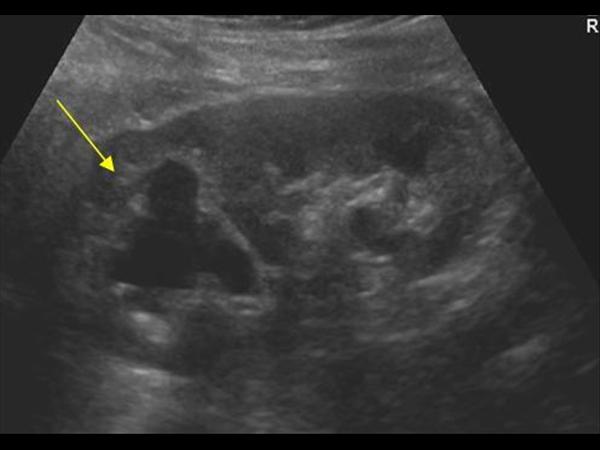


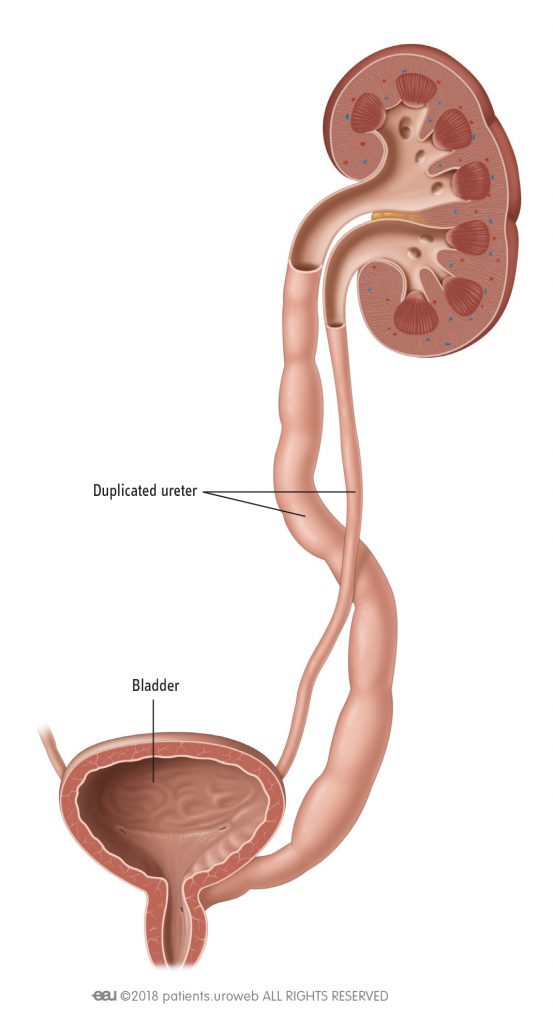



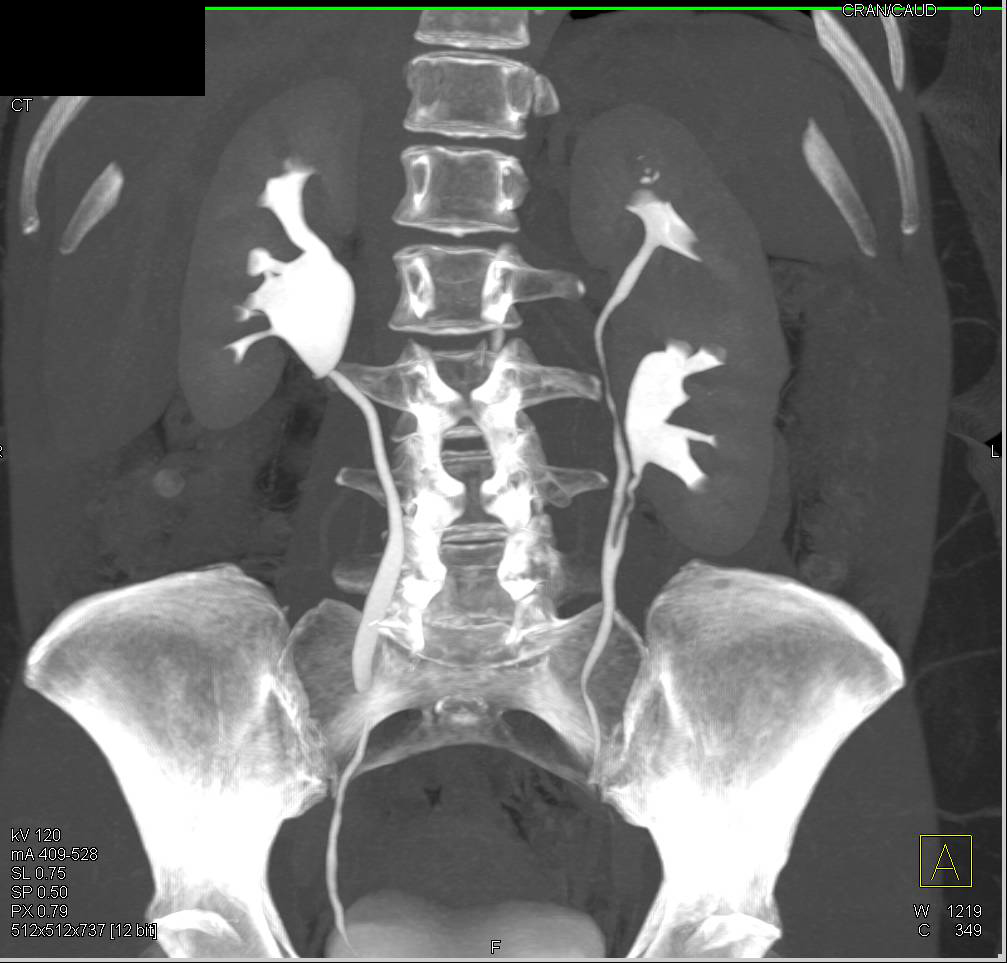


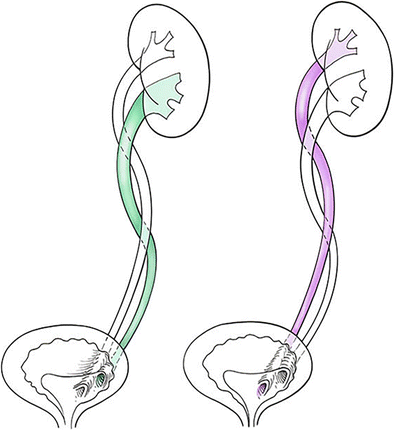



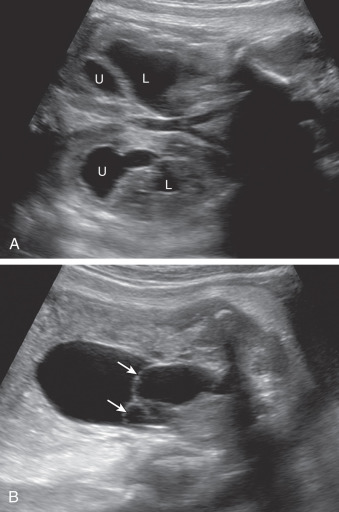


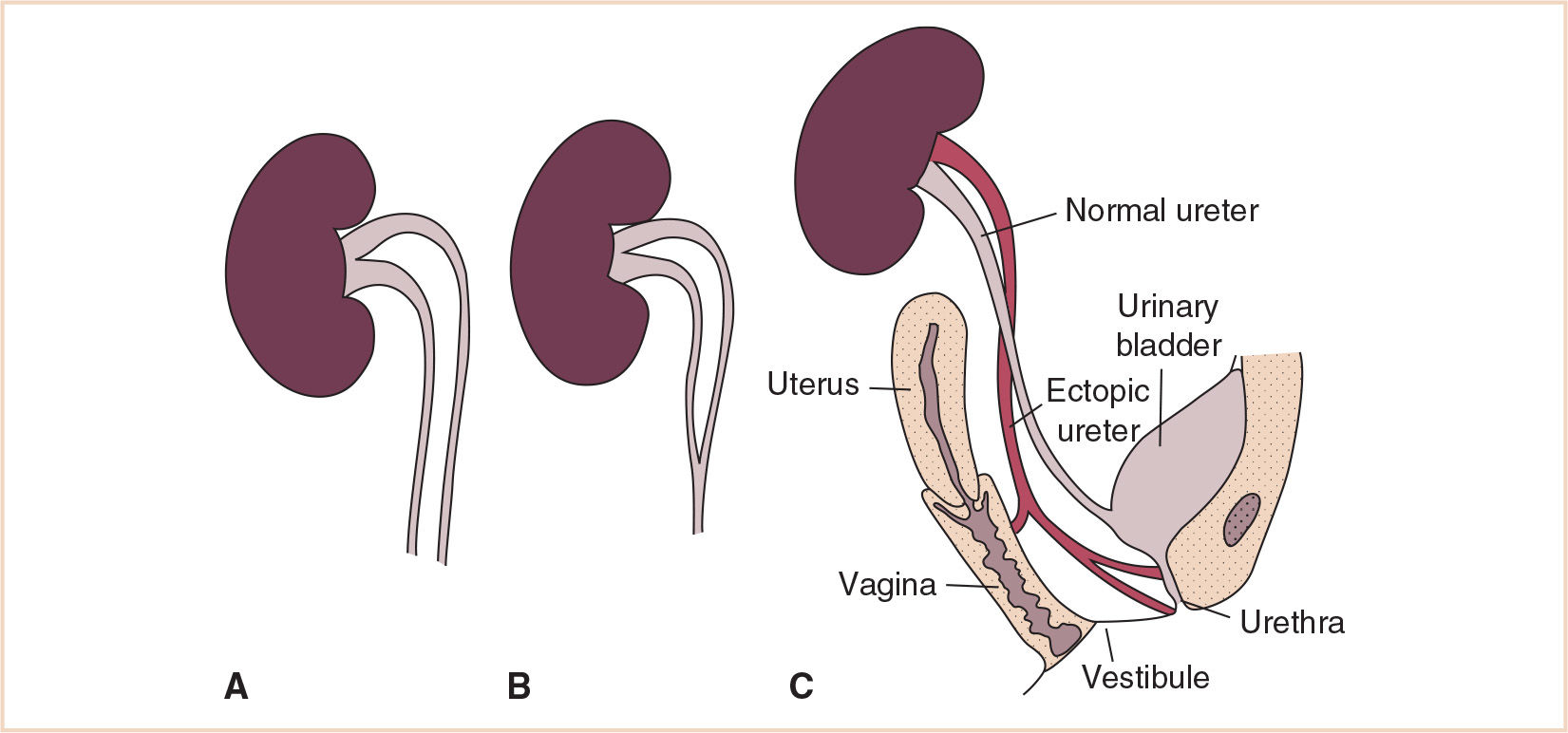





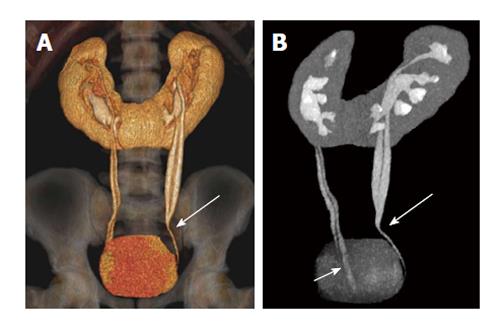

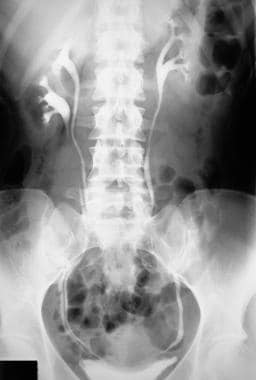

Post a Comment for "Double Collecting System Kidney"